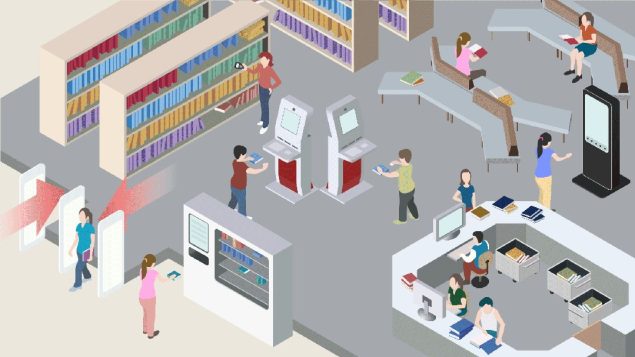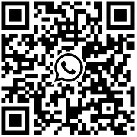Picture library RFID tag application status and future prospects

We produce all kinds of active and passive RFID tags (NFC, low frequency, high frequency, ultra high frequency), RFID readers and a ntennas, and all kinds of domestic special chips..

High-Tech Center, Xuzhou, Jiangsu, China

info@huahaorfid.com

+86 190 5166 8952
Information











